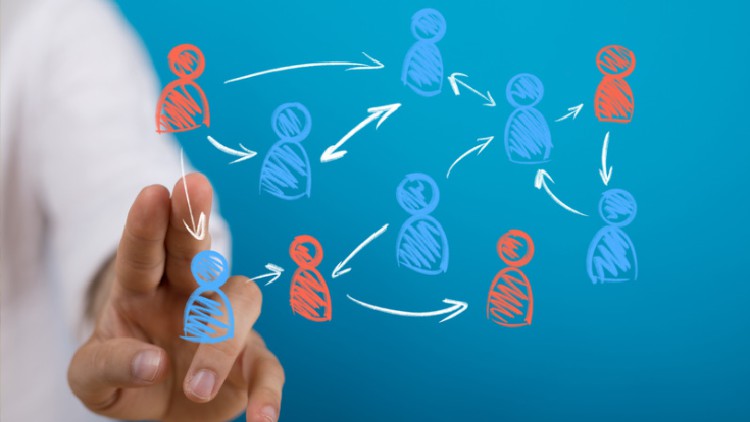
What you will learn
Learn how we internalize group values and goals and how our social groups become part of the way we identify ourselves.
Learn what types of people are attracted to group settings and what types of factors contribute to attraction and relationship formation.
Learn how all groups go through a predictable set of stages and how these stages influence behavior and promote group cohesion.
Learn how groups structure your behavior through informal rules and role assignments
Learn how the places and spaces that groups meet in influence behavior and identity.
Description
Everyone can gain an advantage in their social world by understanding the ways in which social interaction is structured and the ways that groups influence our behavior and our sense of identity.
You’ll learn the psychology of group dynamics!
In this course we cover five core topics relating to group psychology
- Inclusion and Identity – Learn how we internalize group values and goals and how our social groups become part of the way we identify ourselves. We’ll explore how these identity processes influence our behavior and how they can lead to a sense of group cohesion.
- Group Formation Principles – Learn what types of people are attracted to group settings and what types of factors contribute to attraction and relationship formation. We’ll also explore the different individual motivations that drive people into group settings and explore ways of overcoming social anxiety and loneliness.
- Group Development and Group Cohesion – Learn how all groups go through a predictable set of stages and how these stages influence behavior. We’ll explore what cohesion is and how it builds over time and look at how cohesion can lead to higher rates of member satisfaction, group productivity and group effectiveness.
- Group Structure – Learn how groups structure your behavior through informal rules (norms) and role assignments. We’ll look at how extremely powerful these norms and roles are at controlling behavior and how this structure leads to higher levels of group cohesion.
- Environmental Factors of Group Behavior – Learn how the places and spaces that groups meet in are just as powerful as the interpersonal processes in influencing how you behave and how you identify yourself. We’ll look at ways that you can design the best types of places and spaces to promote group satisfaction and productivity and look at how we psychologically maintain personal space in different settings.
Through engaging and easy to follow video lectures and slide presentations, you’ll gain a comprehensive understanding of group dynamics and the ways in which our social world is structured. This course is designed as a University curriculum which can cost thousands of dollars in a formal college setting.
You’ll learn from a professionally trained Social Neuroscientist
This course was designed from scratch by an instructor who is an experienced teacher and who is an expert in both cognitive neuroscience and social psychology. The course is designed to be engaging and easy to understand and I will be available for any questions or concerns that may arise throughout your learning process. This material is also intended to enrich your understanding of your everyday life and social experiences and is meant to be relatable and applicable to your daily life.
The course includes over 5 hours of video lecture content that you can view at your own pace from the comfort of your home.
Understand the Groups in Your Life and Change them for the Better
If you have any interest in understanding why you and the people around you behave the way that they do then this is the course for you. Whether you are a manager, an employee, a teacher or just someone who spends a lot of time with other people than you will have a huge advantage in your social settings by understanding how and why group behavior is structured the way that it is. You’ll leave this class with a sense of appreciation for how powerful groups can be in our daily lives and how we can harness that to make our lives and the lives of those around us better.
Content